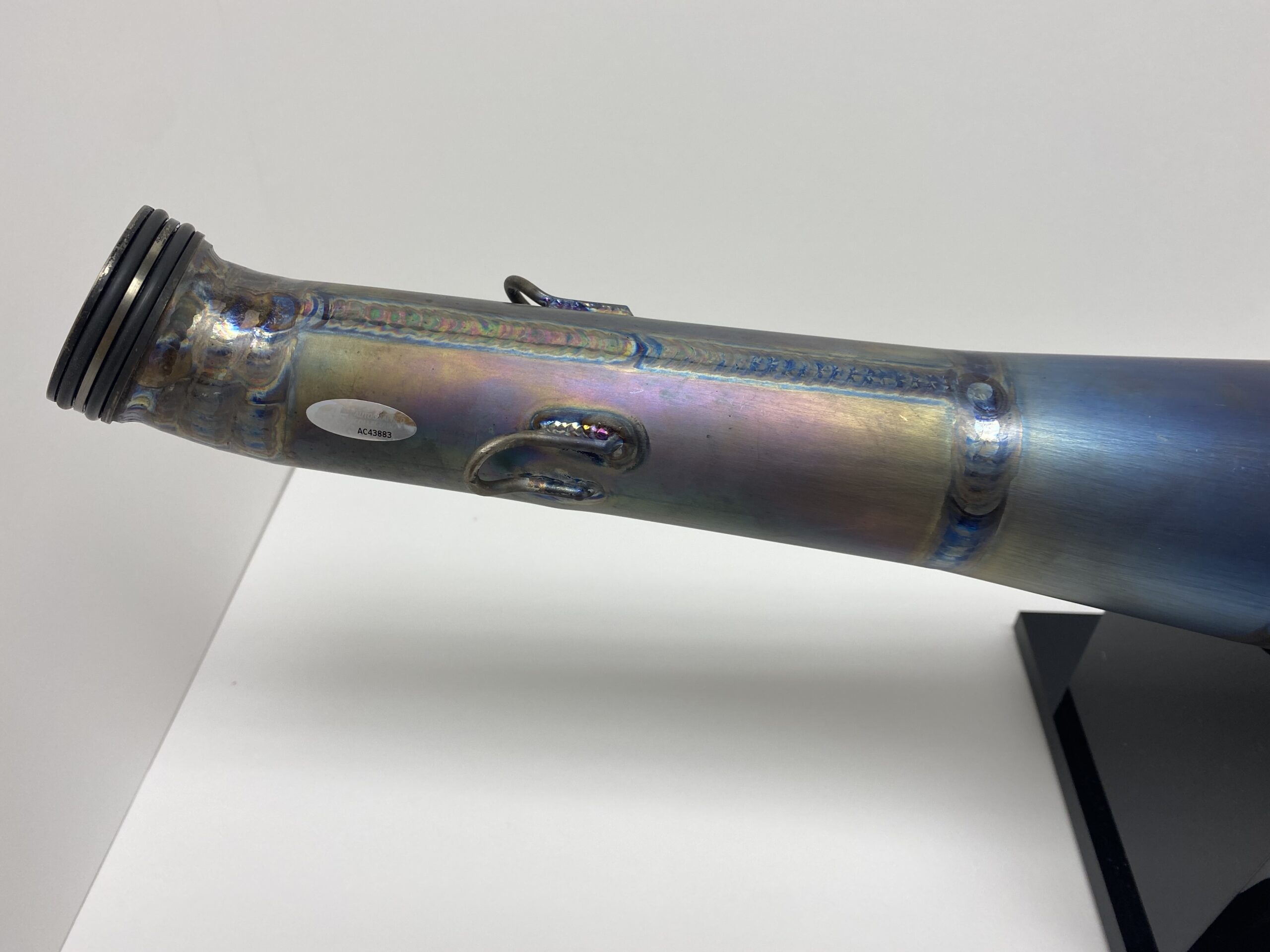In 1978 Kenny Roberts Snr. made his debut in the premier class of racing, the 500cc World Championship. With a long and successful career on two wheels, Kenny’s entrance to 500cc GP racing was sensational. He won the World Championship in his rookie year and then triumphed again in 1979 & 1980, all while racing a Yamaha. By doing so, Roberts joined an elite class of riders to win three consecutive titles.
Roberts is also a two time winner of the AMA Grand National Championship and one of only four riders in AMA history to win the AMA Grand Slam, representing Grand National wins at a mile, half mile, short-track, TT Steeplechase and road race events.
Roberts is a true legend in the world of Motor-Racing. After retiring from racing, Roberts first entered a team in the 1984 250cc World Championship with Wayne Rainey and Alan Carter racing Yamaha’s. In 1986 he entered the 500cc class with riders Randy Mamola and Mike Baldwin. In 1990, Roberts secured the financial support of the Marlboro cigarette company, and his team became the official Yamaha factory racing team. Rainey and John Kocinski won the 500 cc and 250 cc world championships in 1990, making Roberts the most successful team manager in Grand Prix racing at the time. Rainey went on to win three consecutive 500 cc world championships for Roberts’ team. After Rainey was left paralyzed in a crash at the 1993 Italian Grand Prix, the Roberts team continued racing with Luca Cadalora as their main rider, but struggled during a period dominated by Honda and their rider, Mick Doohan.
In 1997, Roberts stunned the racing world when he left Yamaha after more than 25 years to start his own motorcycle company. Roberts had grown weary of battling over the direction he felt the Yamaha team needed to pursue. Basing his new company in England to take advantage of the Formula 1 industry, Roberts built a three-cylinder, two-stroke engine with the engineering assistance of Tom Walkinshaw Racing. He decided to take advantage of rules allowing lighter weights for three-cylinder motorcycles after observing the agility and handling advantage of Spencer’s Honda NS500 during the 1983 season. Unfortunately by the time the motorcycle had been developed, tire technology had improved to the point where any advantage over four-cylinder bikes had been negated. The motorcycle did manage to win a pole position with rider Jeremy McWilliams taking the top qualifying position at the 2002 Australian Grand Prix against the new breed of 990 cc four-stroke MotoGP motorcycles.
With the introduction of the MotoGP class in 2002, Roberts’ team developed a five-cylinder bike called the KR5. The team was originally well-funded by Proton of Malaysia, but by the middle of the 2004 season, it became apparent that the Roberts team was not able to field an engine capable of competing with the dominant Japanese factories. Roberts turned to the KTM factory to provide engines for the 2005 season, however after ten races KTM abruptly withdrew their support on the eve of the Czech Republic Grand Prix, forcing the team to miss several races. Honda stepped in to help Roberts’ team for the 2006 season by providing five-cylinder engines, as Roberts’ son, Kenny Roberts Jr., rode the Team Roberts KR211V bike to a sixth place in the championship including two podium results. The 2007 season saw the introduction of a new MotoGP engine formula using 800 cc four-stroke engines. Roberts would once again secure engines from Honda for the Team Roberts KR212V race bike, but the results were not as hoped, and funding for the team faded. After the 2007 season, Roberts pulled out of MotoGP competition due to the lack of sponsorship.
The Exhausts that we are offering have been obtained directly from Kenny Roberts Snr and were all used during his Proton MotoGP project. Riders such as Jeremy McWilliams, Nobuatsu Aoki & Jurgen Van Den Goorbergh all piloting the Proton MotoGP bikes during this era. Current MotoGP Parts are extremely difficult to obtain, so these genuine used MotoGP Exhausts which Kenny Roberts Snr. has personally signed make a lovely & very unique gift.
Each Exhaust is backed by an Autographed Collectables 100% Guarantee of Authenticity as well as a photo from the signing session.
Product Base Size: 30 x 20 x 17.5cm / 12 x 8 x 7″ High
Exhaust style, condition and signature will vary from the one shown












Reviews
There are no reviews yet.